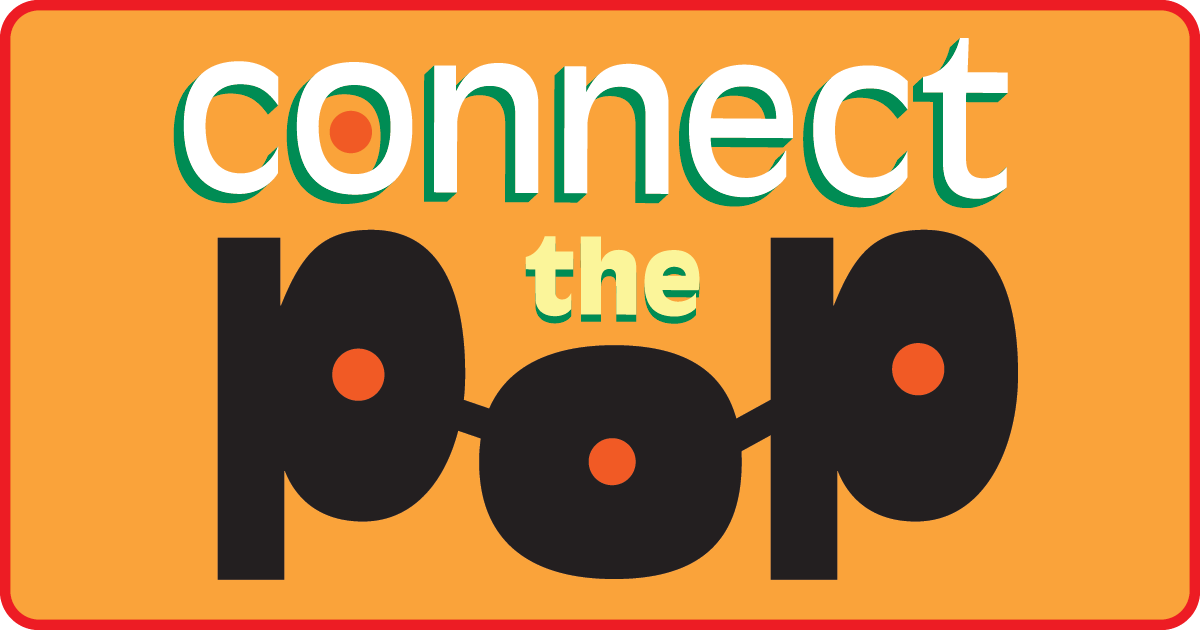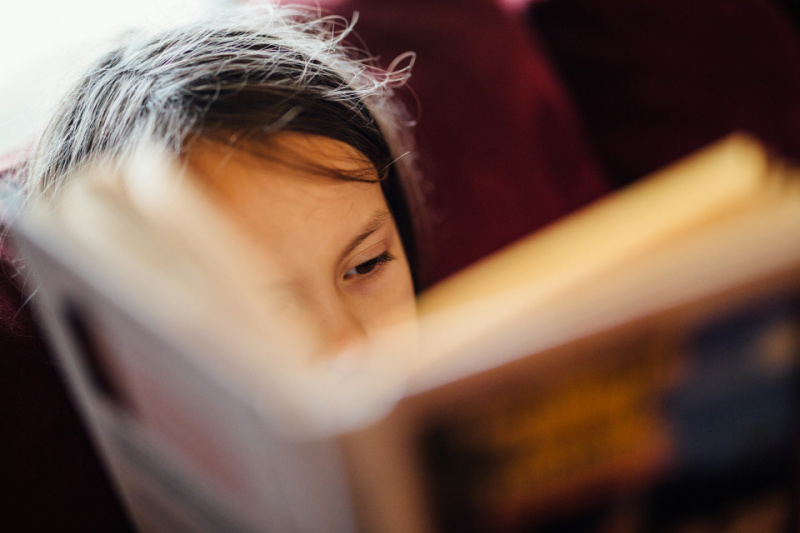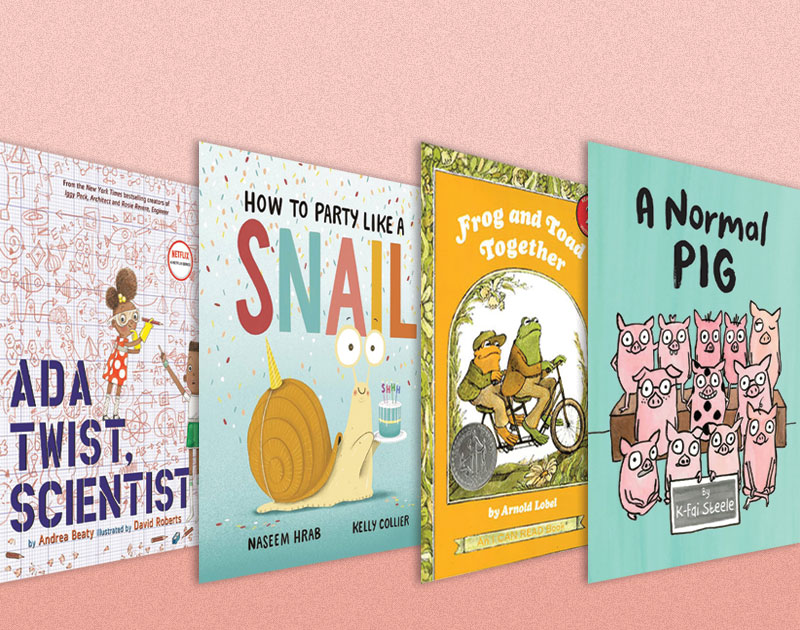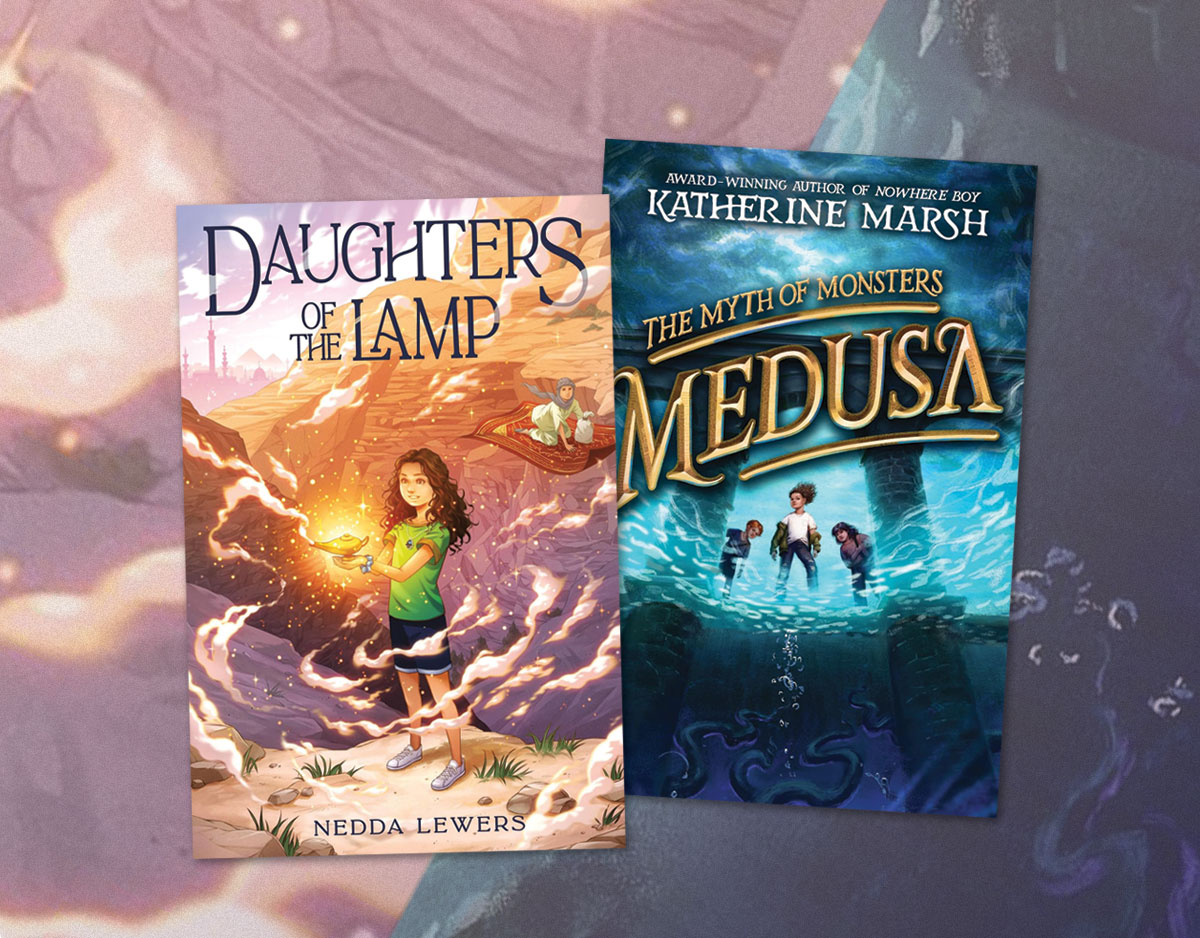SCROLL DOWN TO READ THE POST
Rethinking Puppetry… Yes, Puppetry
On the children’s floor of my hometown library there’s a puppet theater tucked away in the back corner—I always liked that, and my kids, when they were little, always loved it. Wasn’t quite sure how its presence aligned with books, though… but that was before I realized that libraries are about a lot more than just books. They’re imagination hubs.
Recently a couple of things got me thinking more and more about puppetry—and wishing that I knew, and understood, still more about this art form. These new items have also sparked some random thoughts about puppetry in the overall media environment, and why this branch of the performing arts isn’t used more in curriculum. Please chime in, especially as it’s pretty easy to be more expert on this topic than I am.
ADVERTISEMENT
ADVERTISEMENT
So the first development was the release of Being Elmo on DVD ten days ago. I loved this doc when I first saw it, and so now I’m looking forward to revisiting it, especially with the new features included on the disc. In fact, I so enjoyed this profile of puppeteer Kevin Clash that instead of saying, “If you haven’t seen this, you must,” I feel like saying “This is one that you [your school, really] ought to purchase.”
The second media product I came across is from late March—a wildly fun puppet-based video from Dan Santat, the creator behind the wonderfully zany Sidekicks. If you’re unfamiliar with this graphic novel, just stop reading and press play to get a sense of its engaging humor.
Okay, so now for those thoughts, some of which may be half-baked, I warn you:
- Due to the success of Sesame Street and other PBS-type fare, as a culture we’re more inclined to associate puppetry with the very young. But is that audience innate to the medium? Probably not, if one looks at the puppet theater traditions that exist around the world.
- All puppetry is animation. Help kids see the connection by pointing out that they both make the inanimate lifelike.
- So to be a successful puppeteer one must be part animator, part actor. That’s an impressive skill set right there, one that should help elevate the art form beyond its “babyish” image.
- Which genres are best suited to puppetry? Santat (kind of) makes the case that superheroes (and action-adventure or fantasy generally?) are as naturally suited to the medium as comedy.
- Puppetry can be easily combined with other media. For starters, note how kids might stage the action using their puppet know-how… and then “film” it to create a short video. Then, when one gets into editing and adding music, it becomes clear that puppets can help bridge low-tech and high-tech approaches to media production.
- Puppetry also happens to align with the visual arts: the puppets do have to be designed and fabricated, after all.
- Puppet theater can be scripted—and involve improvisation. That way you can address composition and performance.
- You can create a puppet show or skit based on any book, comic, movie, etc. The medium is an easy vehicle for adaptation—and therefore transliteracy instruction—compared to many others.
- Sock puppets are a favorite of hipster-flavored comedy. Why? Because with fewer expressive elements, the medium then becomes more purely verbal and thus more abstract and idea-based.
- Participation is demanded of the audience. Again, that same minimal expressiveness relative to other media—even when a Kevin Clash is involved—requires that we read performances. In this sense puppet shows are like prose or graphic texts or poetry. As the audience, we need to make inferences about these hunks of plastic, and wood, and felt; we must constantly “fill in the blanks” mentally, using what the puppeteer gives us.
All right, that’s it for now. So why should we consider having puppets in school at every level?
Well, it’s all about the power of active imagination. It’s that simple.
Filed under: Comics, Media Literacy, Movies, Television, Transliteracy
About Peter Gutierrez
A former middle school teacher, Peter Gutierrez has spent the past 20 years developing curriculum as well as working in, and writing about, various branches of pop culture. You can sample way too many of his thoughts about media and media literacy via Twitter: @Peter_Gutierrez
ADVERTISEMENT
SLJ Blog Network
Happy Poem in Your Pocket Day!
This Q&A is Going Exactly As Planned: A Talk with Tao Nyeu About Her Latest Book
More Geronimo Stilton Graphic Novels Coming from Papercutz | News
Environmental Mystery for Middle Grade Readers, a guest post by Rae Chalmers
The Classroom Bookshelf is Moving
ADVERTISEMENT
ADVERTISEMENT







